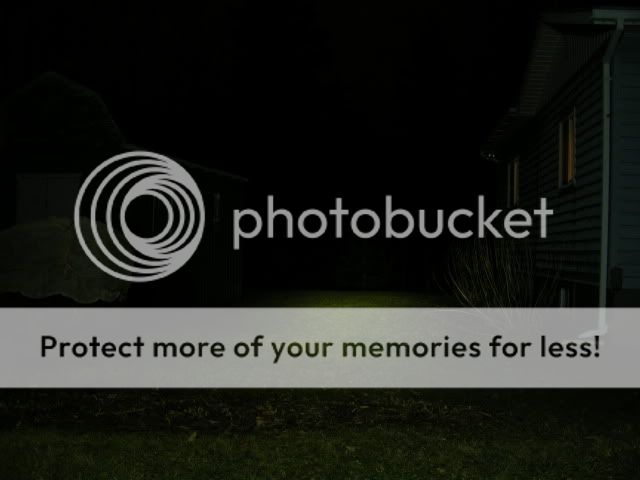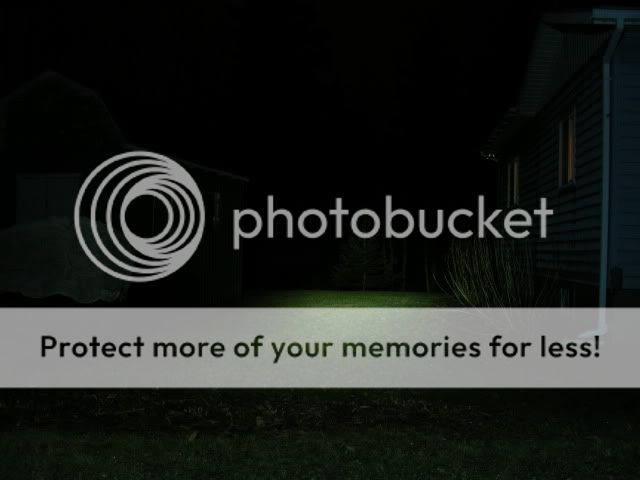According to 4Sevens website the runtime for a QAA2 R2 on turbo is 1.3 hours, that's about 75 min. That's matches up pretty well with my subjective experience of the one that I have.
(I run just cheap NiMH Energizer cells in it because they're cheap and both my kids have lots of AA powered toys, so even if I only get a half dozen cycles out of one, it's still more than paid for itself.)
One thing to keep in mind though, is that 4Sevens lumen ratings tend to be very conservative; the AA2 R2 is advertised at 170 lumens out the front, but I've read reviews on here where people have measured the actual output from that light on their meters at about 190 lumens. To my mind that means a Quark AA2 is drawing a fair bit of power to produce that much output.
Also, Fenix is pretty well recognized as being the efficiency/run-time King, although they measure lumens at the emitter and not OTF, so that is probably why a Fenix has a longer run time than a Quark at a comparable advertised lumen rating. (My L1Tv2 on max is advertised at 95 lumens if I remember right but it is almost exactly the same brightness as my QAA2 R2 on 'high' which has an advertised output of 70 lumens.)
I'd say pony up the extra $9 and get the new XPG version of the QAA2; it will give you more light with a comparable run time. You might also consider the Quark 123^2 which will give you both more light and slightly more run time, but that means you have to break into CR123 cells, and I consider them poor choices compared to AA based lights. The only advantages you get out of them are the higher output because of the increased voltage. Quarks can easily be configured to use 14500's, and if you're serious about this you'll eventually move on to Li-ions (something I am in the process of now) and at that point, the output advantage 123 have is lost because 14500's have the same energy density and voltage output, and you gain the added benefit of being able to use standard AA cells if needed. Going with AA based lights that are 14500 compatible just makes more sense in my opinion. Icing on the cake; several reviews I've read on here show 1400s giving longer run times than AA primaries.




